Aluminum Die Casting: A Complete Guide to Materials, Process, and Industrial Applications
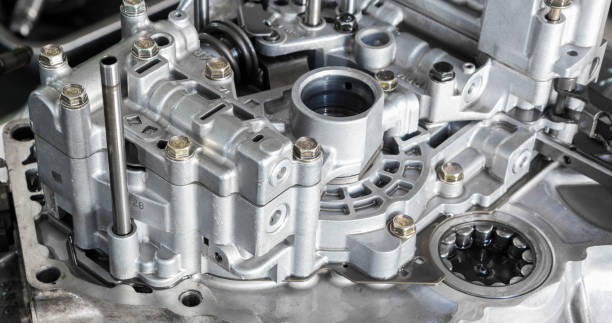
Aluminum die casting has become one of the most efficient and cost-effective manufacturing methods for producing high-volume, high-performance metal parts. With the growing demand for lightweight, complex, and precise components, aluminum die casting is now widely used across industries like automotive, consumer electronics, medical equipment, and industrial automation.
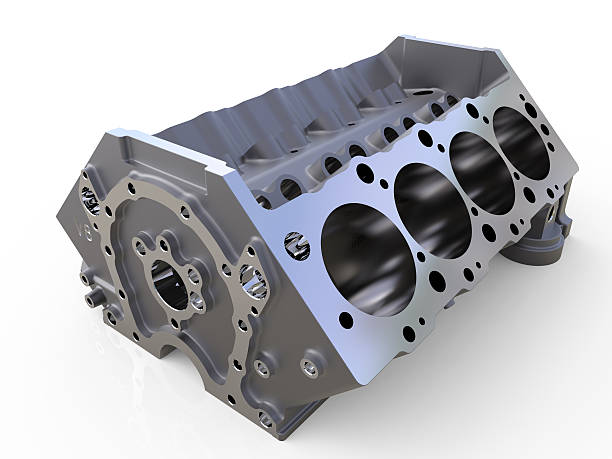
In this article, we’ll explore what aluminum die casting is, how it works, what materials are commonly used, where it’s applied, and how to control quality. Whether you’re a design engineer, purchaser, or production manager, this guide will help you understand how to select the right aluminum die casting solution for your product.
What Is Aluminum Die Casting?
Aluminum die casting is a high-pressure metal casting process in which molten aluminum alloy is injected into a precision steel mold, called a die, at high speed. It’s known for its high efficiency, dimensional accuracy, and surface quality.
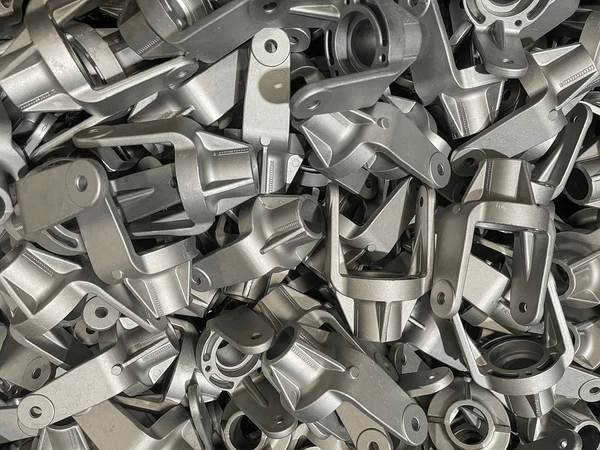
Key Benefits:
- High production efficiency – Cycle times as low as 10–30 seconds per shot, ideal for mass production.
- Tight tolerances – Typical dimensional accuracy of ±0.05 mm.
- Excellent surface finish – Roughness (Ra) values around 1.6–6.3 μm, suitable for anodizing, painting, or plating.
- Structural integrity – Suitable for producing thin-walled, ribbed, and complex geometries with high strength.
For example, aluminum die casting is commonly used to produce integrated enclosures for EV motor controllers, achieving both thermal performance and structural rigidity.
Common Aluminum Alloys for Die Casting
Most die casting aluminum alloys are silicon-based due to their excellent flow characteristics and mechanical strength. Here are some popular grades:
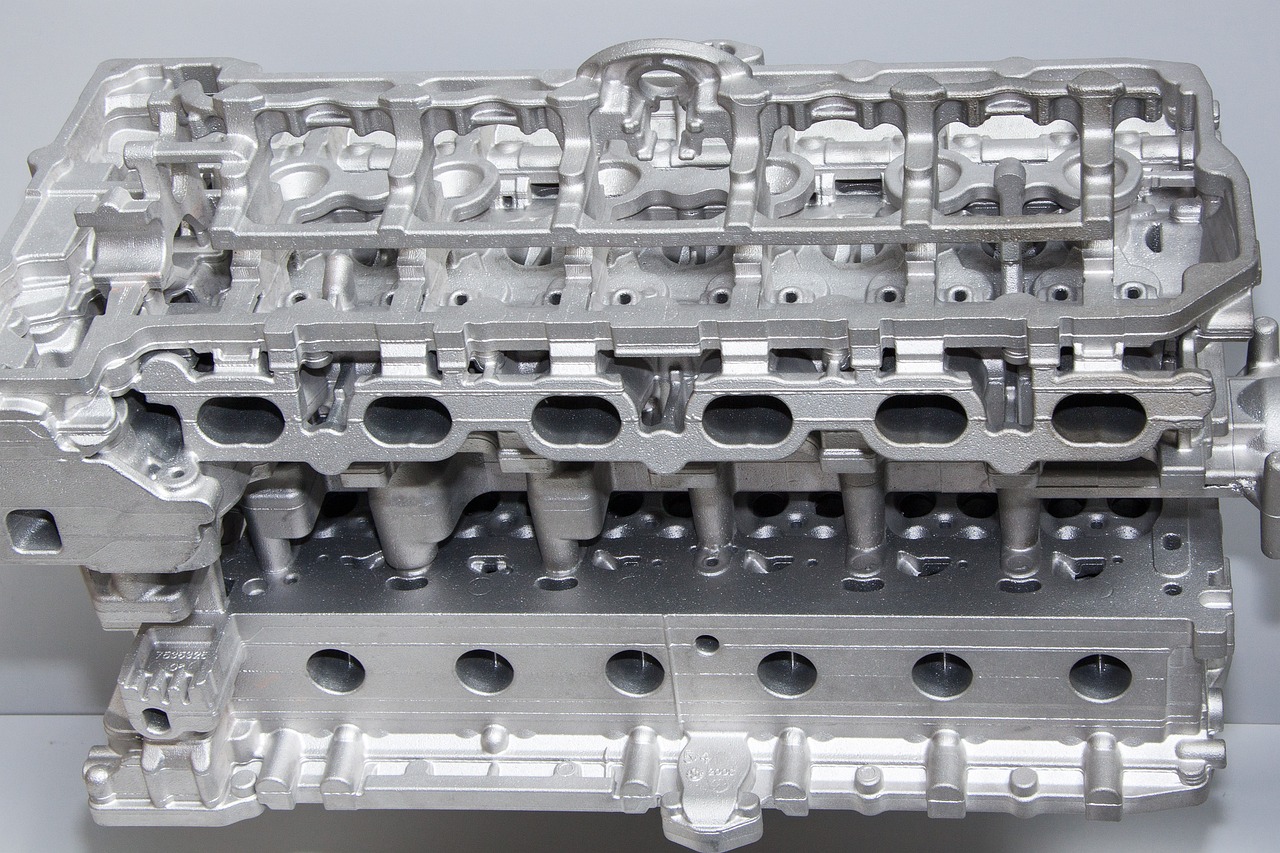
| Alloy | Standard | Features | Typical Applications |
|---|---|---|---|
| ADC12 | JIS H 5302 | Great fluidity, corrosion resistance, cost-effective | Consumer electronics, small auto parts |
| A380 | ASTM B85 | Strong, dimensionally stable, versatile | Engine housings, power tool casings |
| A360 | ASTM B85 | Excellent corrosion and pressure tightness | Battery housings, sensor enclosures |
| EN AC-46000 | EN 1706 | European standard, good castability | Industrial control boxes, connectors |
Choosing the right alloy depends on product requirements like mechanical strength, surface treatment compatibility, environmental resistance, and cost.
The Aluminum Die Casting Process: Step by Step
A standard aluminum die casting process includes the following stages:
- Melting – Aluminum is heated to 660–720°C.
- Die Preheating – Die is heated to 180–250°C to prevent cold shuts and porosity.
- Injection – Molten aluminum is injected into the mold at speeds up to 6 m/s.
- Cooling – Metal solidifies rapidly within seconds.
- Ejection – The part is ejected using ejector pins.
- Trimming – Flash and excess material are removed.
- Secondary operations – Includes machining or surface finishing if required.
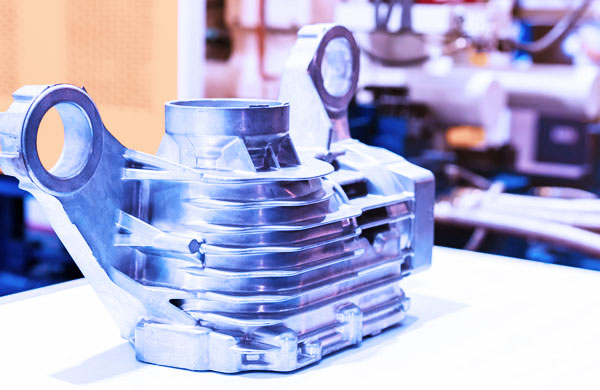
Critical Process Controls:
- Maintain proper die temperature for stable filling and shrinkage control.
- Use vacuum die casting or semi-solid casting for high-density parts with low porosity.
- Adjust injection speed and pressure to reduce air entrapment and improve surface finish.
- Regular die maintenance extends tool life (typically 30,000 to 100,000 cycles).
Post-Processing & Surface Finishing
Even with high dimensional accuracy, most die cast parts require post-processing for functionality or aesthetics.
- CNC Machining – For critical holes, threads, and sealing surfaces.
- Deburring / Blasting – For removing flash and improving adhesion.
- Anodizing – For corrosion resistance and decorative finishes.
- Painting / Electrophoresis / Electroplating – For color and functional coatings.
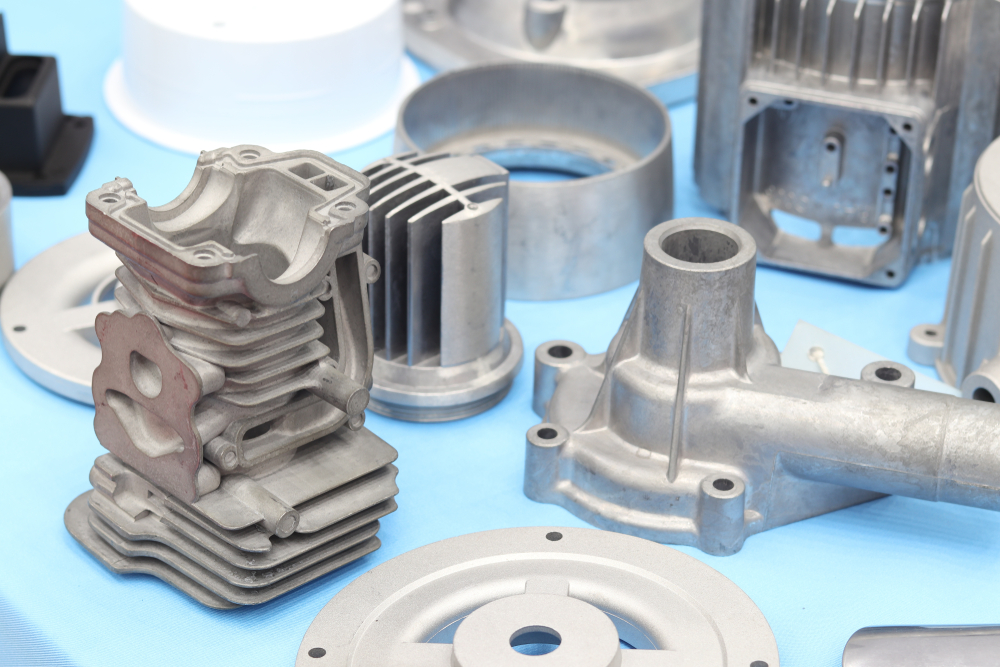
Case Study: A well-known laptop manufacturer uses anodized ADC12 die cast bases to achieve seamless metal appearance, enhanced heat dissipation, and structural rigidity—all in one part.
Real-World Applications of Aluminum Die Casting
✅ Automotive Industry
Used for EV battery housings, transmission cases, motor mounts, structural brackets. Helps reduce weight by 20–40% while maintaining strength.
✅ Consumer Electronics
Smartphone frames, speaker housings, laptop bases—aluminum die casting supports ultra-thin designs with high-quality finishes.
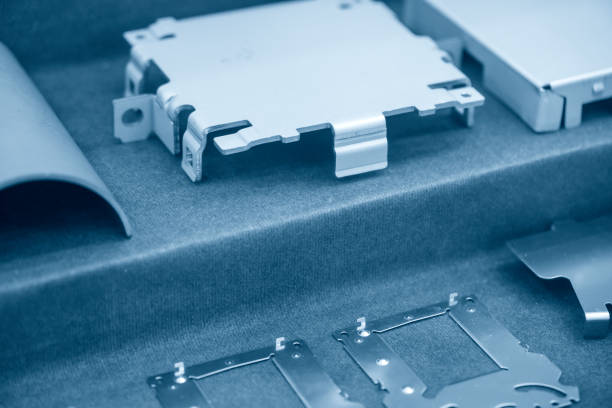
✅ Industrial Automation
Control boxes, heat sinks, gearboxes, and sensor housings require pressure tightness and thermal conductivity, ideal for die cast aluminum.
✅ Medical Equipment
Enclosures and mechanical parts for devices requiring tight tolerances, reliability, and EMI shielding.
Quality Control in Aluminum Die Casting
Reliable quality assurance is essential for mission-critical components. Key inspection methods include:
- X-ray Inspection – Detects internal porosity or shrinkage defects.
- CMM Measurement – Verifies dimensions, flatness, and concentricity.
- Surface Roughness (Ra) Testing – Ensures surface finish meets coating or sealing requirements.
- Leak Testing – For pressure-tight or waterproof components (IP65/IP67 standards).
- Tensile & Hardness Testing – Confirms mechanical performance.
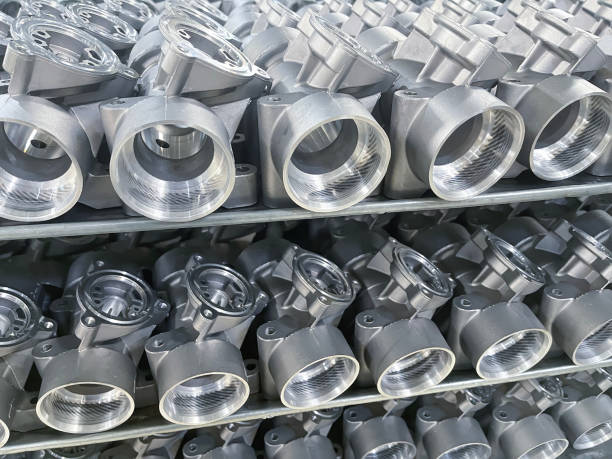
Implementing a robust quality control system helps reduce rework, increase part reliability, and meet international standards (ISO/IATF16949).
Final Thoughts: Why Aluminum Die Casting Is the Future of Lightweight Manufacturing
Aluminum die casting is no longer just for simple housings. It’s becoming the preferred process for lightweight, complex, and performance-critical components. From electric vehicles to medical robotics, die cast aluminum allows engineers to design smarter, reduce cost, and scale production faster.
Get a Free Quote!
Leave your contact details, or directly visit our online quoting platform to experience the future of material selection and production. Get expert material evaluations, tailored DFM analysis, and fast 24-hour production turnaround.
- Free Quote: Upload your designs, and our AI-powered engine will generate a custom quote in seconds.
- Talk to an Expert: Connect with one of our engineers via WhatsApp for immediate assistance.

